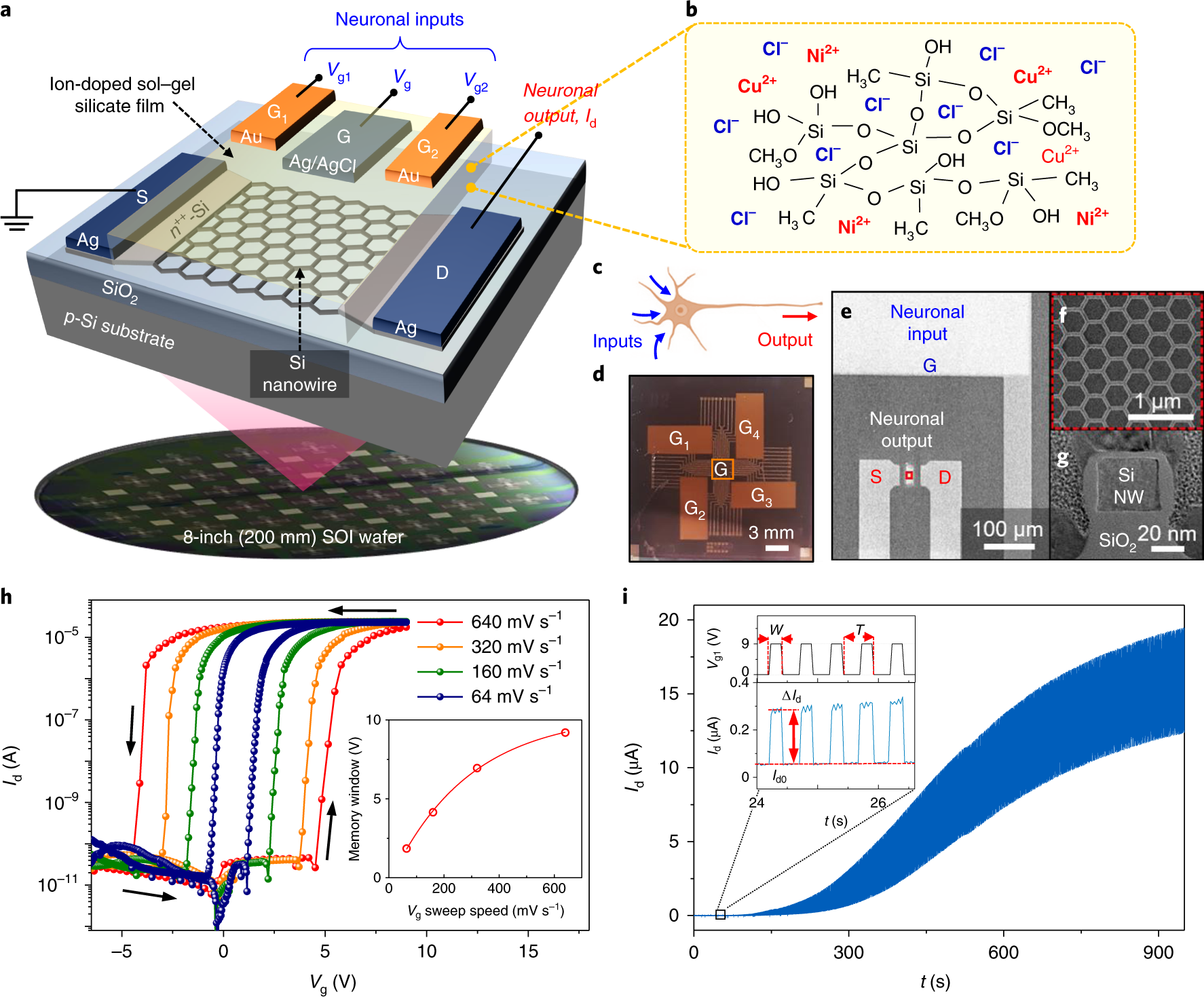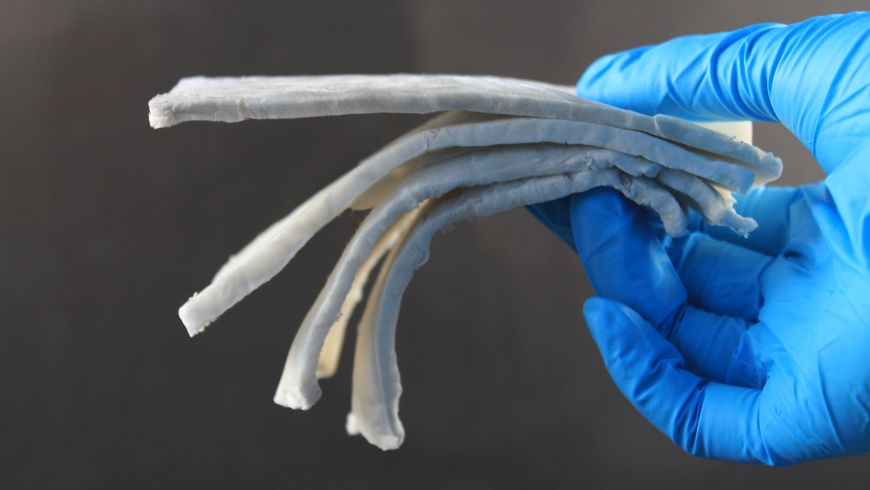
Imitating the functioning of neurons using semiconductor materials. While the optimization of conventional microelectronics is slowly reaching its physical limits, nature offers us a blueprint how information can be processed and stored efficiently: our own brain. Scientists have now successfully imitated the functioning of neurons using semiconductor materials.
Especially activities in the field of artificial intelligence, like teaching robots to walk or precise automatic image recognition, demand ever more powerful, yet at the same time more economical computer chips...
Read More








Recent Comments